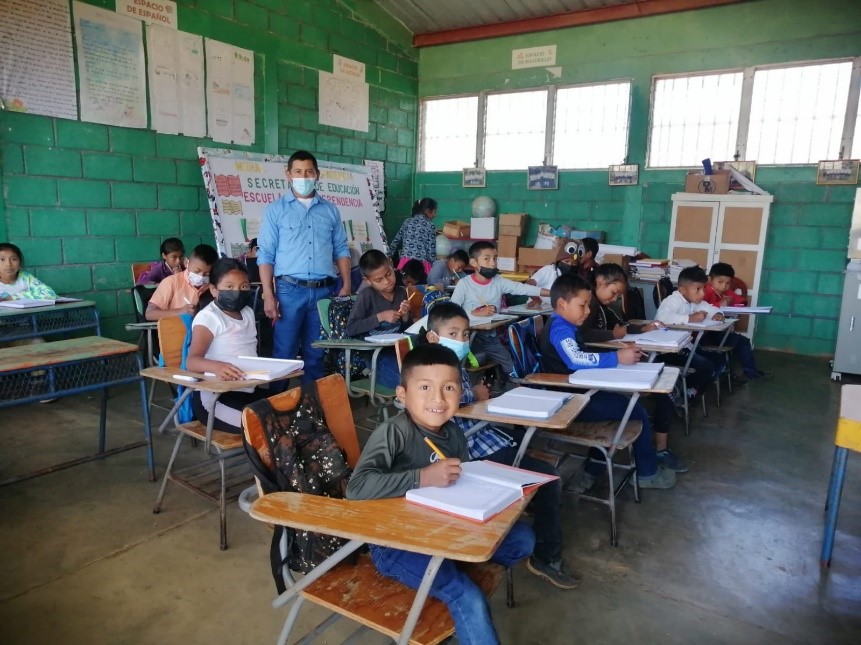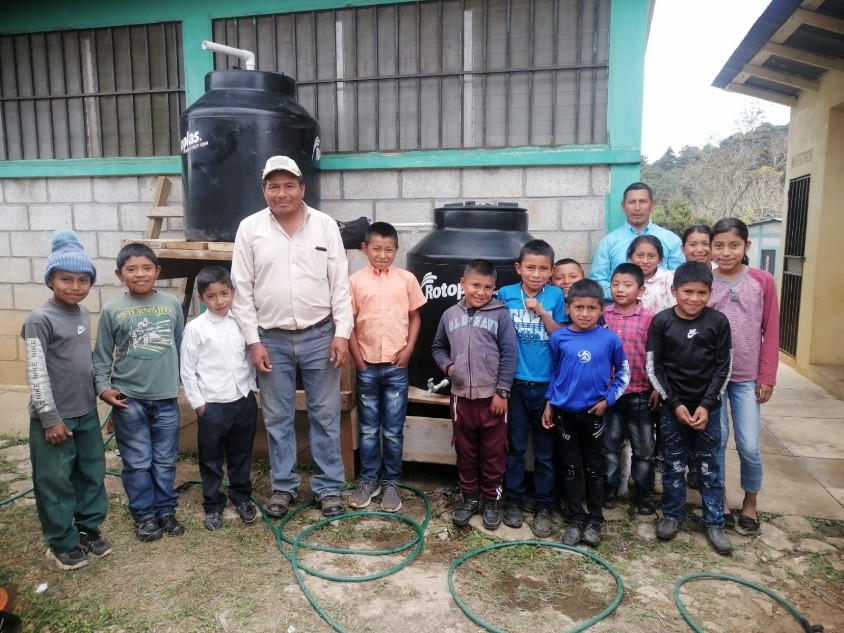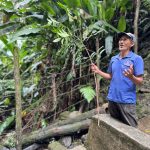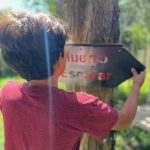There is a certain rhythm to the routine at La Independencia School (San Pablo, La Paz, Honduras). Two multi-tasking teachers deliver lessons to multiple grade-levels in few classrooms. Little learners study within its gecko-green walls. And the water tap in the courtyard delivers water on-demand — untreated, unclean, contaminated source water. But on-demand, nonetheless. Despite being direct from the source, the water is used not only for washing little hands and cleaning up big messes, but, given the lack of an alternative, also serves inevitably (and dangerously) as the school’s primary drinking water source as well.
It did, anyway. Until this day.
On this day, the rhythm at La Independencia is interrupted. In just the best way! The combination water system slated for installation on this day enlists a two-tank system. One tank receives the contaminated source water and settles impurities to the bottom. The clear water transfers to a second tank, is chlorinated to remove bacteria, and is thereby rendered safe to drink!
Indoors, all hands are on deck as students, teachers, and parents alike tuck into tiny desks to participate in training. The functionality, the maintenance, and the proper use and care of the water system will require co-operation. There is no hesitation in the room to buy-in — the payoff simply too great.
Outdoors, with an abundance of enthusiasm and hands of all sizes pitching in, platforms are built, tanks are mounted, pipes are installed. Water is added — untreated, unclean, contaminated source water.
And then, patience.
The first glass of water flowing cool and clean from the tap of the second tank is long-awaited. In the end, it is but the first of many. And there is more than enough to go around. To go forward.
With a new water system in place, a new latrine is next for La Independencia. Water, sanitation, and hygiene (WASH) education will follow in classrooms.
There’s a new rhythm at La Independencia. A pulse, if you will. And it is strong.
Like this:
Like Loading...







